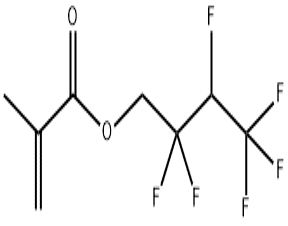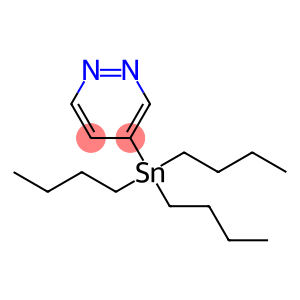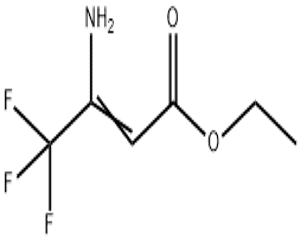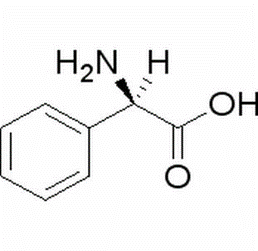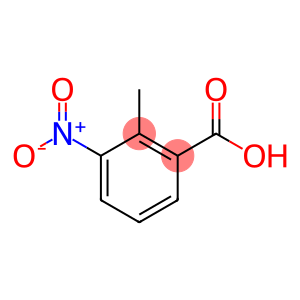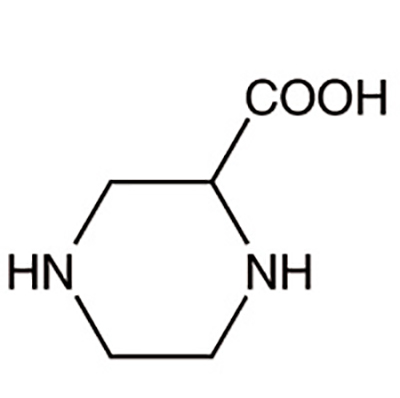2 2 3 4 4 4-Hexafluorobutyl methacrylate(CAS# 36405-47-7)
| Risk Codes | 36/37/38 – Irritating to eyes, respiratory system and skin. |
| Safety Description | S26 – In case of contact with eyes, rinse immediately with plenty of water and seek medical advice. S27 – Take off immediately all contaminated clothing. S36/37/39 – Wear suitable protective clothing, gloves and eye/face protection. S37/39 – Wear suitable gloves and eye/face protection |
| UN IDs | UN 3272 3/PG 3 |
| WGK Germany | 3 |
| HS Code | 29161400 |
| Hazard Note | Lachrymatory |
| Hazard Class | 3 |
| Packing Group | III |
Introduction
Hexafluorobutyl methacrylate. The following is a detailed introduction to the properties, uses, preparation methods and safety information of hexafluorobutyl methacrylate:
Quality:
1. Appearance: colorless liquid.
3. Density: 1.35 g/cm³.
4. Solubility: soluble in organic solvents, such as methanol, ethanol, ether and methylene chloride, insoluble in water.
Use:
1. As a surfactant: Hexafluorobutyl methacrylate can be used in the preparation of surfactants, and is often used in the synthesis of coatings and inks with high surface energy.
2. Preparation of special polymers: Hexafluorobutyl methacrylate can be used as a monomer of special polymers to prepare materials with special properties, such as high temperature resistance, chemical corrosion resistance, etc.
Method:
Hexafluorobutyl methacrylate can be prepared by hydrofluoric acid-catalyzed gas-phase fluorination. The specific step is to mix hexafluorobutyl acrylate vapor with methanol vapor, and go through a hydrofluoric acid catalytic reaction to generate hexafluorobutyl methacrylate.
Safety Information:
1. Hexafluorobutyl methacrylate is irritating and may cause irritation, burning and other discomfort when in contact with the skin, eyes or respiratory tract. Appropriate protective gear should be worn when in use.
2. Hexafluorobutyl methacrylate is flammable, avoid contact with open flames or high temperatures.
3. When using or storing, avoid contact with substances such as oxidants, strong acids or strong alkalis to avoid dangerous reactions.
4. Waste disposal should comply with local environmental laws and regulations, and should not be discharged at will.


